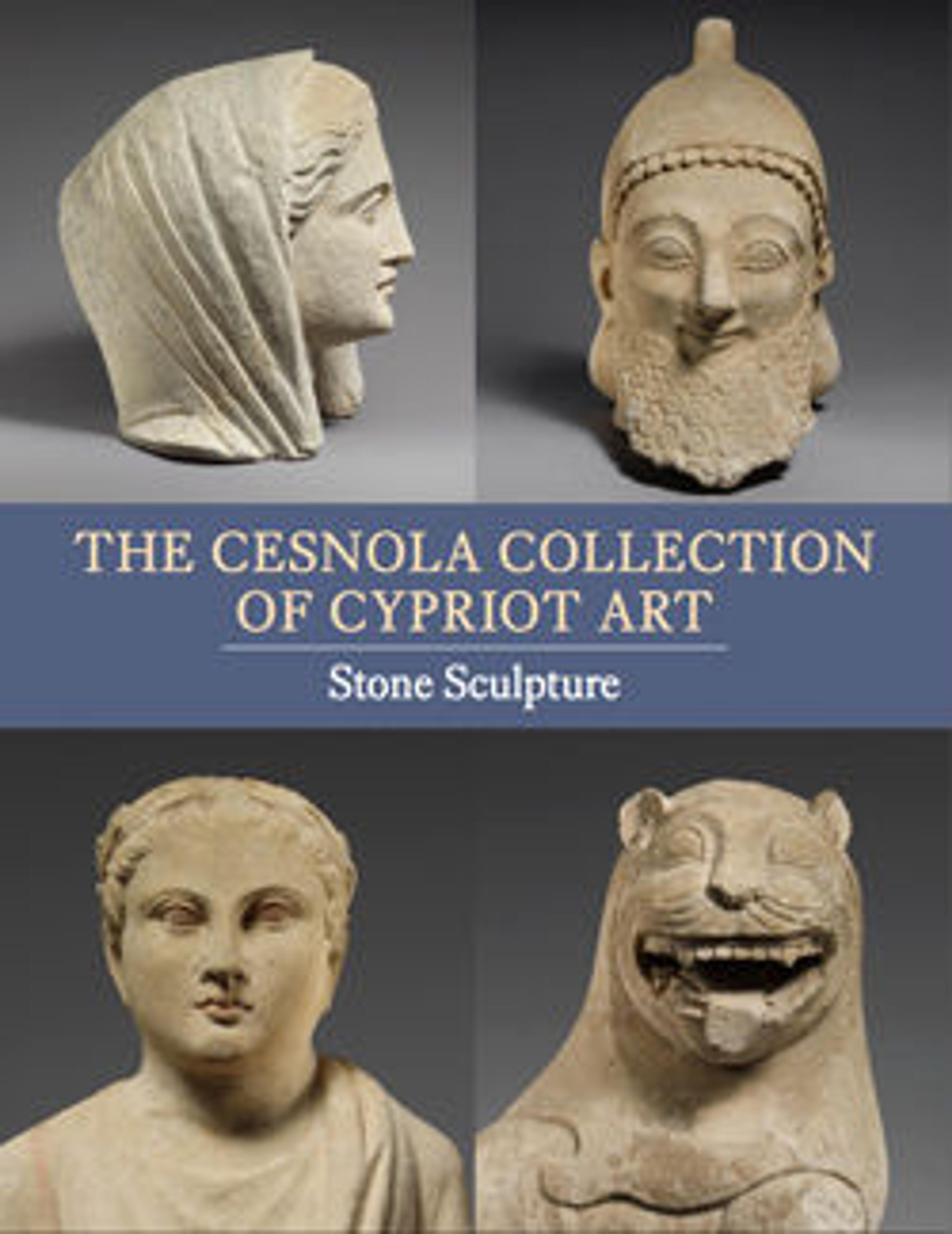Limestone footstool
The relief shows a chimera, a mythical creature composed of a lion, a she-goat, and a snake. It was customary to represent the goat as a protome emerging from the lion's back. Here she faces in the same direction as the lion and has one foreleg raised. The chimera was shown in this manner on coins of the Greek city of Sikyon during the fifth century B.C, and it is interesting to note that, according to one ancient writer, the traditional founder of Golgoi was a man named Golgos from Sikyon.
Artwork Details
- Title: Limestone footstool
- Period: Classical
- Date: 1st half of 5th century BCE
- Culture: Cypriot
- Medium: Limestone
- Dimensions: WebPub GR 2012 Cesnola: 7 7/8 × 28 7/16 × 11 1/4 in., 60 lb. (20 × 72.2 cm)
- Classification: Cesnola Inscriptions
- Credit Line: The Cesnola Collection, Purchased by subscription, 1874–76
- Object Number: 74.51.2320
- Curatorial Department: Greek and Roman Art
More Artwork
Research Resources
The Met provides unparalleled resources for research and welcomes an international community of students and scholars. The Met's Open Access API is where creators and researchers can connect to the The Met collection. Open Access data and public domain images are available for unrestricted commercial and noncommercial use without permission or fee.
To request images under copyright and other restrictions, please use this Image Request form.
Feedback
We continue to research and examine historical and cultural context for objects in The Met collection. If you have comments or questions about this object record, please contact us using the form below. The Museum looks forward to receiving your comments.
